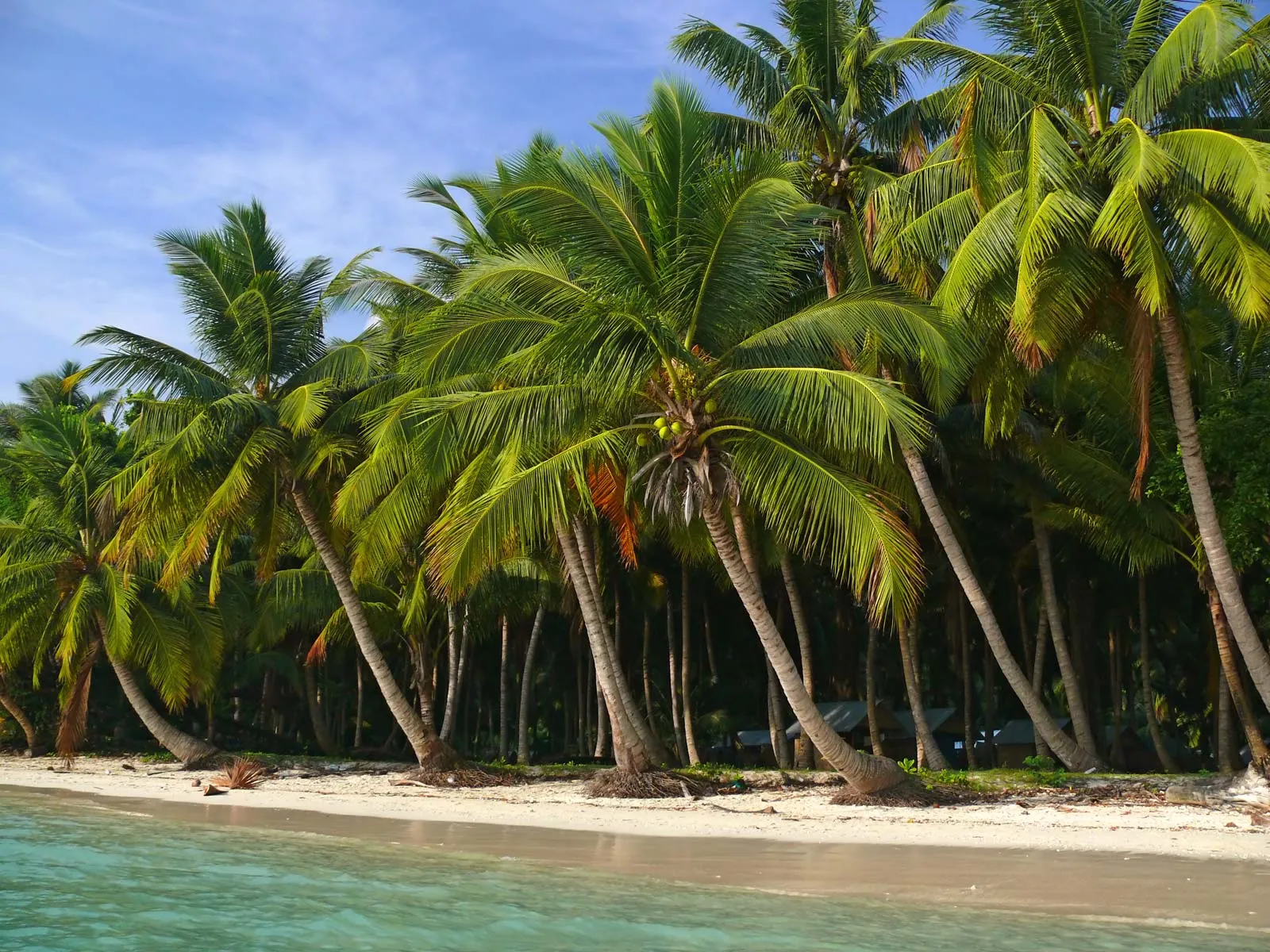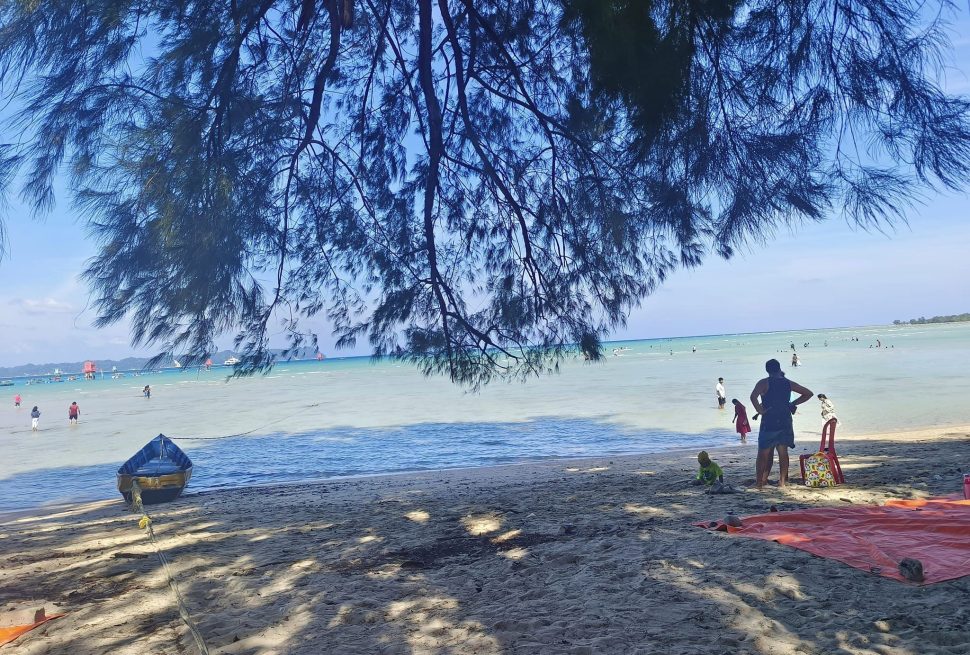“Nicobar Tour: Your Ultimate Gateway to Island Bliss”
The Nicobar Islands are a group of islands located in the eastern Indian Ocean, situated to the southeast of the Bay of Bengal. These islands are part of the Union Territory of Andaman and Nicobar Islands, which is administered by the Republic of India. The Nicobar Islands are distinct from the neighboring Andaman Islands and are known for their unique culture, biodiversity, and geological features.
Geography:
The Nicobar Islands consist of 22 main islands, with the northernmost being Car Nicobar and the southernmost being Indira Point. The islands are spread across a considerable distance, covering approximately 1,040 kilometers from north to south. The total land area of the Nicobar Islands is around 1,841 square kilometers. The islands are characterized by dense tropical forests, pristine beaches, and a varied topography ranging from flat plains to hilly terrain.
Culture and Population:
The Nicobarese people, the indigenous inhabitants of the Nicobar Islands, have a distinct culture and language. Their traditional lifestyle is closely tied to the natural resources of the islands, including fishing and agriculture. The population of the Nicobar Islands is relatively small compared to the Andaman Islands, and efforts are made to preserve the unique cultural identity of the Nicobarese people.
Biodiversity:
The Nicobar Islands are renowned for their rich biodiversity, with a high number of endemic species. The islands are home to a variety of flora and fauna, including several endangered species. The Great Nicobar Biosphere Reserve, established in 2013, aims to protect the unique ecosystems of the Nicobar Islands, including rainforests, mangroves, and coral reefs. The reserve contributes significantly to the conservation of the islands’ biodiversity.
Flora and Fauna:
The Nicobar Islands boast a diverse range of plant species, including many endemic varieties. The dense forests are inhabited by various animal species, such as the Nicobar megapode, a ground-dwelling bird known for its unique nesting habits. The marine life around the islands is also diverse, with numerous species of fish, coral, and other marine organisms.
Tourism:
While the Nicobar Islands are not as developed for tourism as the Andaman Islands, they attract visitors seeking a more secluded and untouched destination. Tourism in the Nicobar Islands is regulated to minimize the impact on the environment and local communities. Travel permits are required to visit these islands, and certain areas may be restricted to protect the sensitive ecosystems.
Challenges and Conservation:
The Nicobar Islands face various challenges, including the potential impact of climate change, illegal fishing, and the need for sustainable development. Conservation efforts are crucial to preserving the unique biodiversity of the islands. Government and non-governmental organizations work together to implement measures for sustainable resource management and to raise awareness about the importance of environmental conservation.
In conclusion, the Nicobar Islands are a treasure trove of natural beauty and cultural diversity. Their unique ecosystems and rich biodiversity make them a significant asset that requires careful conservation and sustainable development practices to ensure their preservation for future generations.




